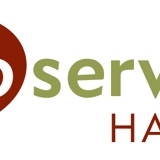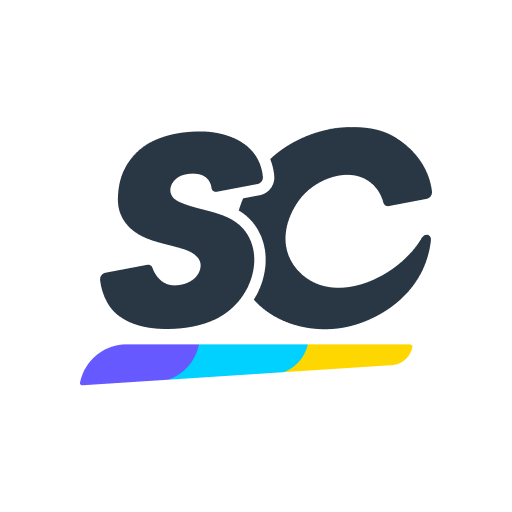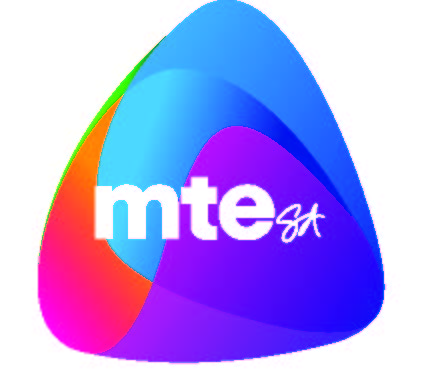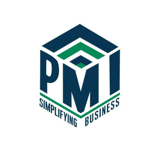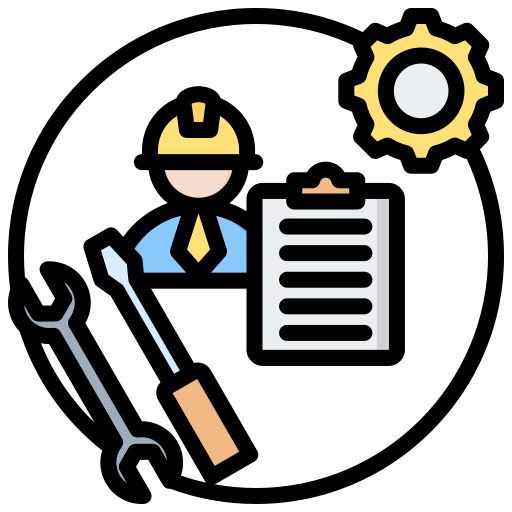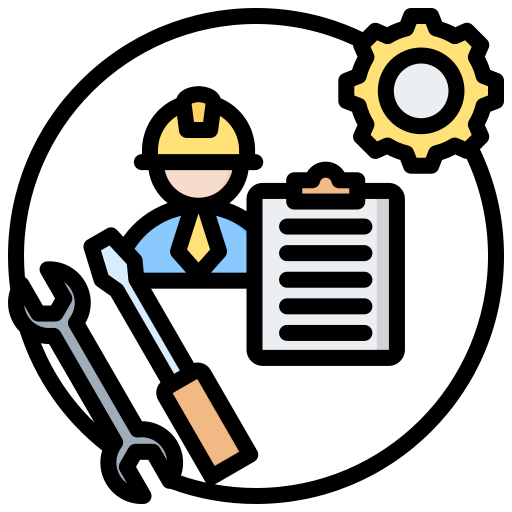Information
-
Client
-
Site
-
Specific Industry:
-
Conducted on
-
Prepared by
-
Location
-
Personnel
-
Add signature
Administrative
-
Written safety rules / safe job procedures in place
-
OSHA log updated / safety posters displayed
-
Management Safety Policy in place
-
All planned safety activities performed (meetings, inspections, training)
-
Effective new employee safety orientation
-
Additional Details
-
Additional Photos
Emergency Action / Housekeeping
-
Walkways maintained, aisles defined, uncluttered
-
Emergency exits clearly identified, adequate number
-
Egress routes marked and accessible, 28" rule observed?
-
Unapproved doors clearly marked "NOT AN EXIT" or marked w/ purpose
-
Stair/aisle ways free from material storage and debris
-
Additional Details
-
Additional Photos
Emergency Medical
-
Emergency contact information posted
-
First aid responders available for each shift
-
Blood borne pathogens exposure potential adequately addressed
-
First aid supplies adequate and available
-
Transportation available for injured workers / Plan in place
-
Additional Details
-
Additional Photos
Slip / Trip / Fall Hazards
-
Portable ladders equipped with non-slip feet. Ladder labeled properly. Employees properly trained on ladder use.
-
Stairways in good repair with handrails. Treads and risers in proper proportion and non-slip
-
Elevated areas have guard rails and toe boards
-
Work areas, aisle ways, storage areas are orderly
-
Illumination adequate for normal conditions, emergency lighting in place
-
External walking, parking, and break areas free of hazards,well maintained
-
Warning signs posted for wet floors or spills
-
Anti-slip mats and flooring used where appropriate
-
Additional Details
-
Additional Photos
Hand Tools
-
Power tools properly grounded / have safety power switch
-
Defective tools are removed from service
-
Proper guards are provided, tools electrically grounded or double insulated
-
Preventive maintenance / inspection program in place
-
Employees are trained in the safe use of hand tools
-
Additional Details
-
Additional Photos
Fire Safety
-
Portable fire extinguishers of proper type are mounted properly, accessible, and inspected / Every 75' minimum
-
Approved safety containers are used for flammable liquids
-
Bonding and grounding used with storage of flammable materials
-
Combustible debris disposed of properly and regularly
-
"No Smoking" areas designated
-
Sprinkler system functional/inspected/documented
-
Smoke and/or heat detectors functional and inspected
-
Minimum 18" clearance below sprinkler heads
-
Sprinkler valves locked open
-
Additional Details
-
Additional Photos
Electrical Hazards
-
Machinery and equipment are grounded
-
Electrical panels have clear access (minimum 36")
-
Electrical panels clearly marked
-
Outlets, switches and boxes have covers
-
Permanent wiring in place - no extension cords
-
Exposure of overhead electrical lines controlled
-
Emergency stops and critical electrical controls are identified
-
Appropriate electrical systems designed for hazardous locations have been installed in spray booths and flammable liquid storage rooms
-
Additional Details
-
Additional Photos
Mobile Equipment
-
Equipment operated at safe speeds
-
Observed safe loading and unloading practices
-
Equipped with back-up alarms
-
Operators qualified / trained
-
Equipment inspected regularly
-
Seat belt worn by operator
-
Mirrors installed at blind spots
-
Additional Details
-
Additional Photos
Material Handling / Storage
-
Hoist chains, cables, and slings are inspected regularly and documented
-
Storage piles are stable and secured from falling or collapse
-
Load limits are posted for all floors above ground level
-
Load limits are displayed on all hoists
-
Manual handling aids available and used
-
Weight limits set for manual lifting, carrying, pushing, pulling
-
Workers trained in proper lifting techniques / ergonomics
-
Additional Details
-
Additional Photos
Machinery
-
Lockout/tagout program in place, locks available, employees trained
-
Hazardous areas painted bright colors
-
Guards are provided for "point-of-operation" of machinery
-
Clothing and hair restrictions in place to prevent entanglement in machinery
-
Power transmission guards are in place
-
Noise exposures adequately addressed
-
Warnings displayed in obvious locations
-
Compressed air systems have pressure reduced to 30PSI and are not used for cleaning clothing
-
Air hoses provided with safety latch to prevent accidental disconnect
-
Welding equipment in good condition
-
Compressed gas cylinders are secured to prevent falling
-
Overhead hazards from equipment, conveyors, and process pipes, are guarded
-
Additional Details
-
Additional Photos
Chemicals
-
Hazardous materials containers labeled
-
SDS available
-
Hazard Communication Training program in place
-
Smoking and eating prohibited in work areas where chemicals are used
-
Eyewash/emergency shower available, functional, inspected
-
Additional Details
-
Additional Photos
Personal Protective Equipment
-
PPE assessment performed - PPE requirements in place
-
Employees trained in the use and maintenance of PPE - training documented
-
Hard hat areas designated and enforced
-
Hearing protection utilized in required areas
-
Face / eye protection in place where needed
-
Safety foot protection required where appropriate
-
Protective clothing, gloves, aprons, boots, face shields, and goggles are used when handling hazardous materials
-
Approved respiratory protection equipment available and fit tested
-
Additional Details
-
Additional Photos
Additional Notes
-
Additional notes regarding this site audit
-
Additional photos relevant to this site audit
Audit conditions
-
Did this audit begin with an opening conference?
-
Was this audit accompanied by a representative of the client?
-
Were corrective measures suggested during or at the end of the audit?
-
Were employees interviewed?
-
Were employees observed performing their tasks?
-
Did the general staff have prior knowledge of this audit?
-
Did client request clarification of any item brought to their attention?
-
Has client utilized any Proservice safety training in the past?
-
Was there a closing conference following the audit?
-
Was assistance requested with any topic as a result of this audit?
